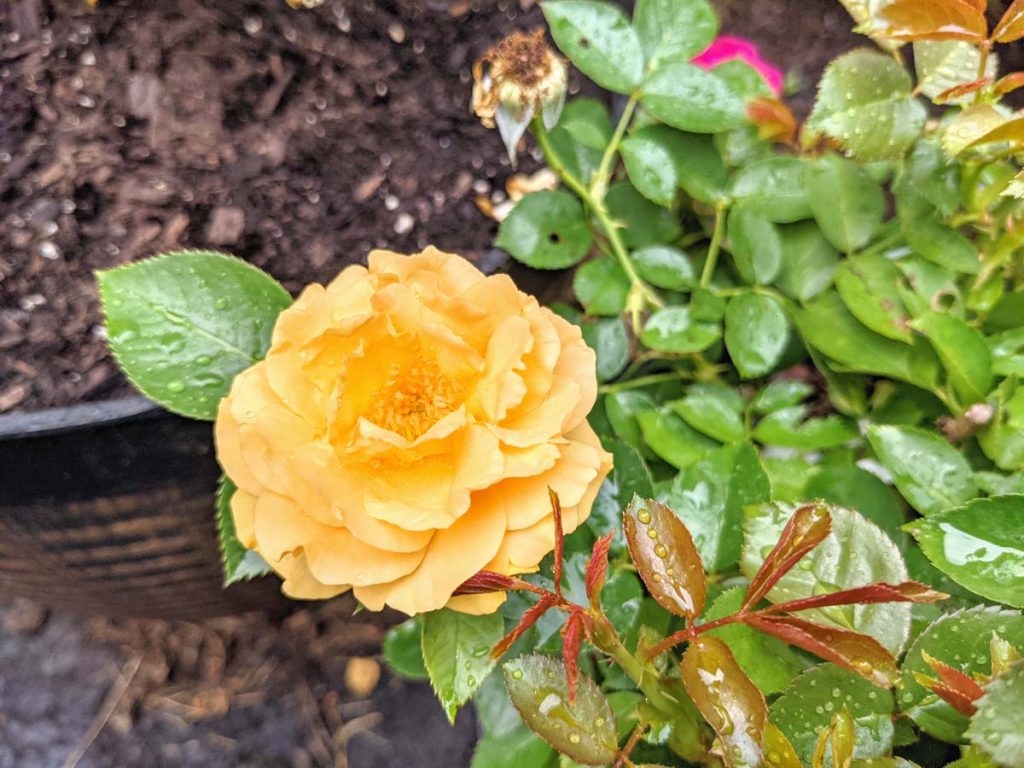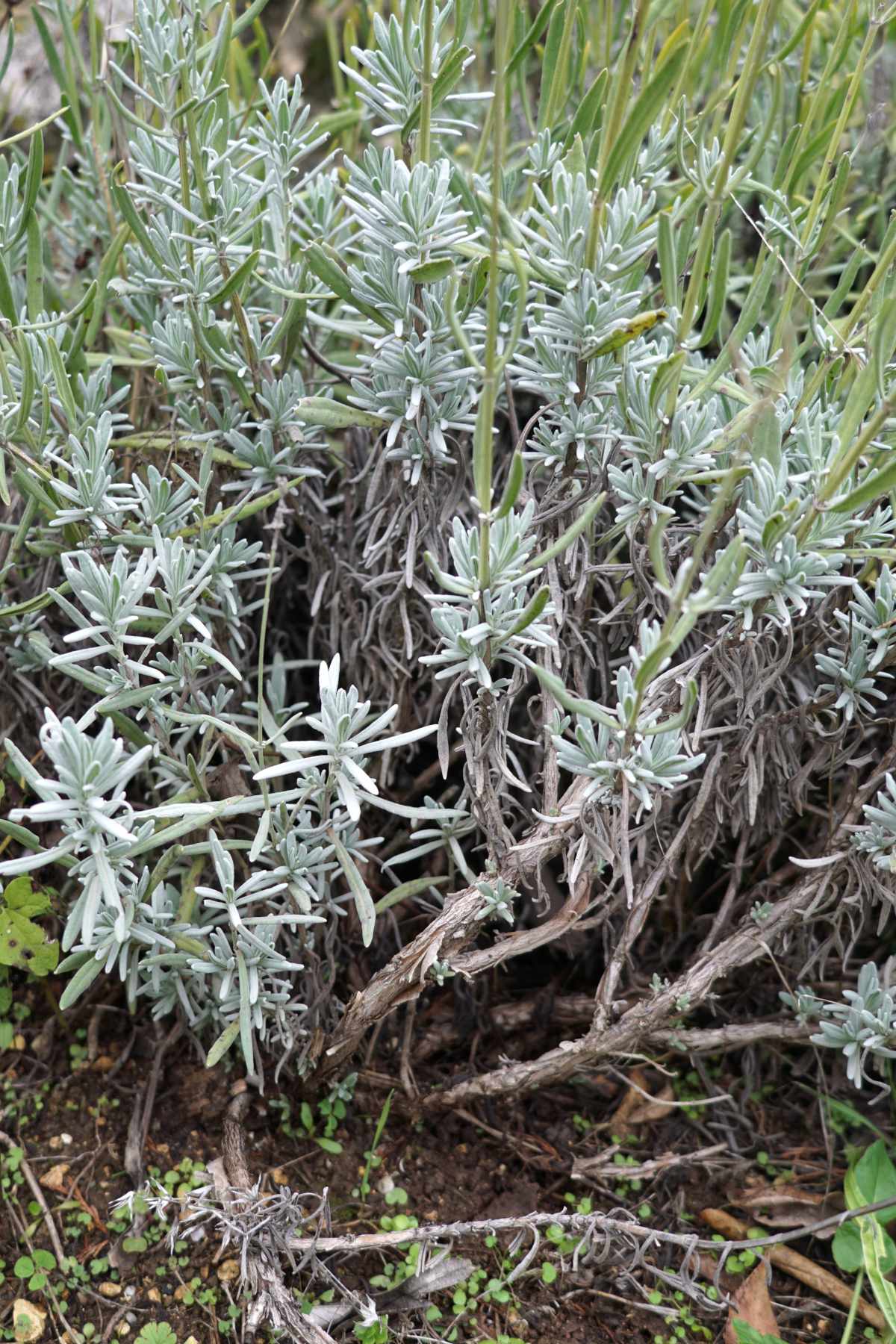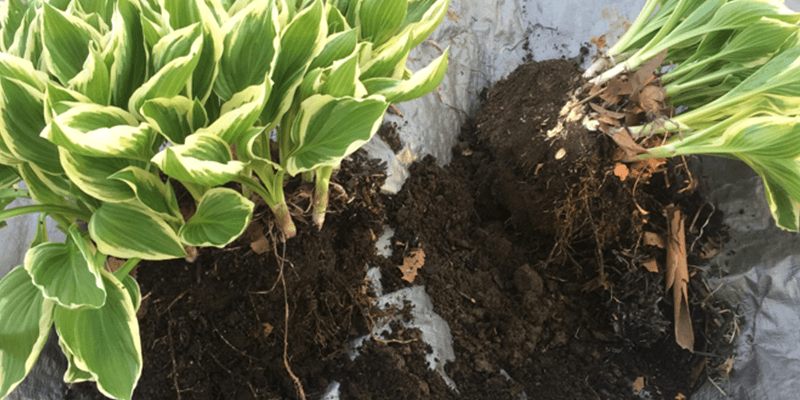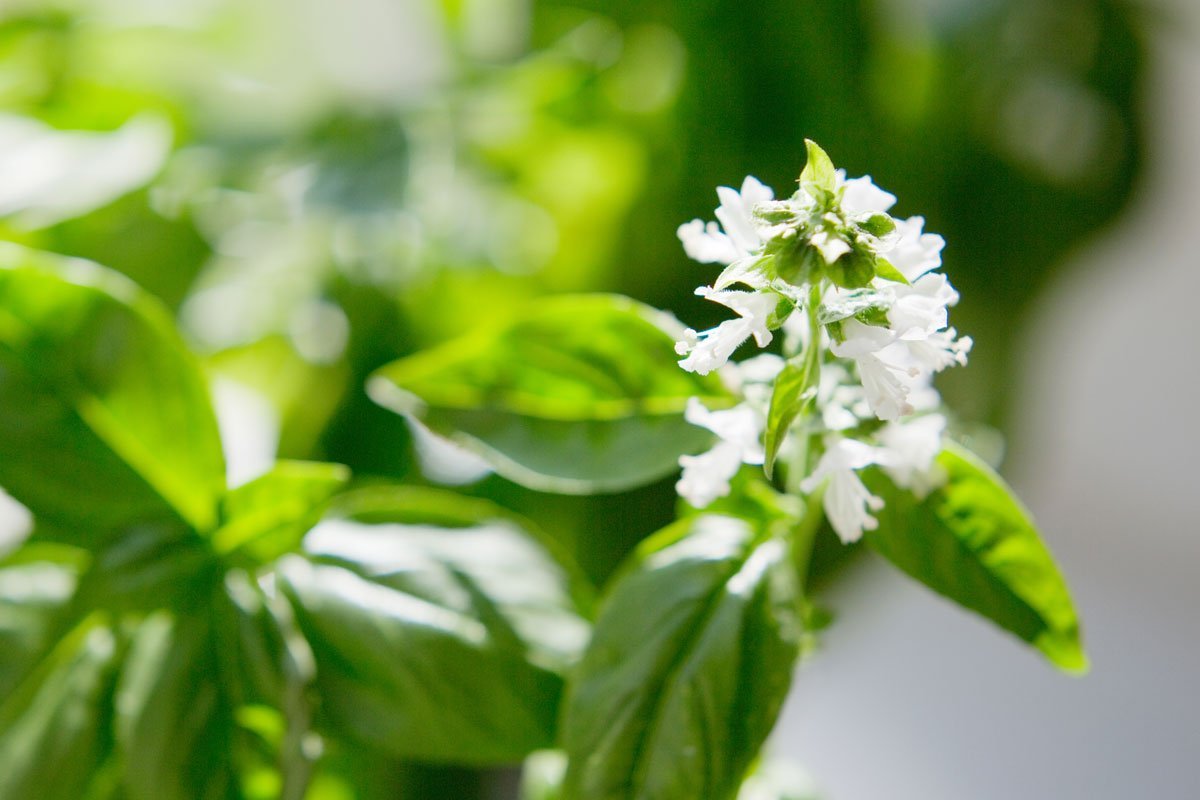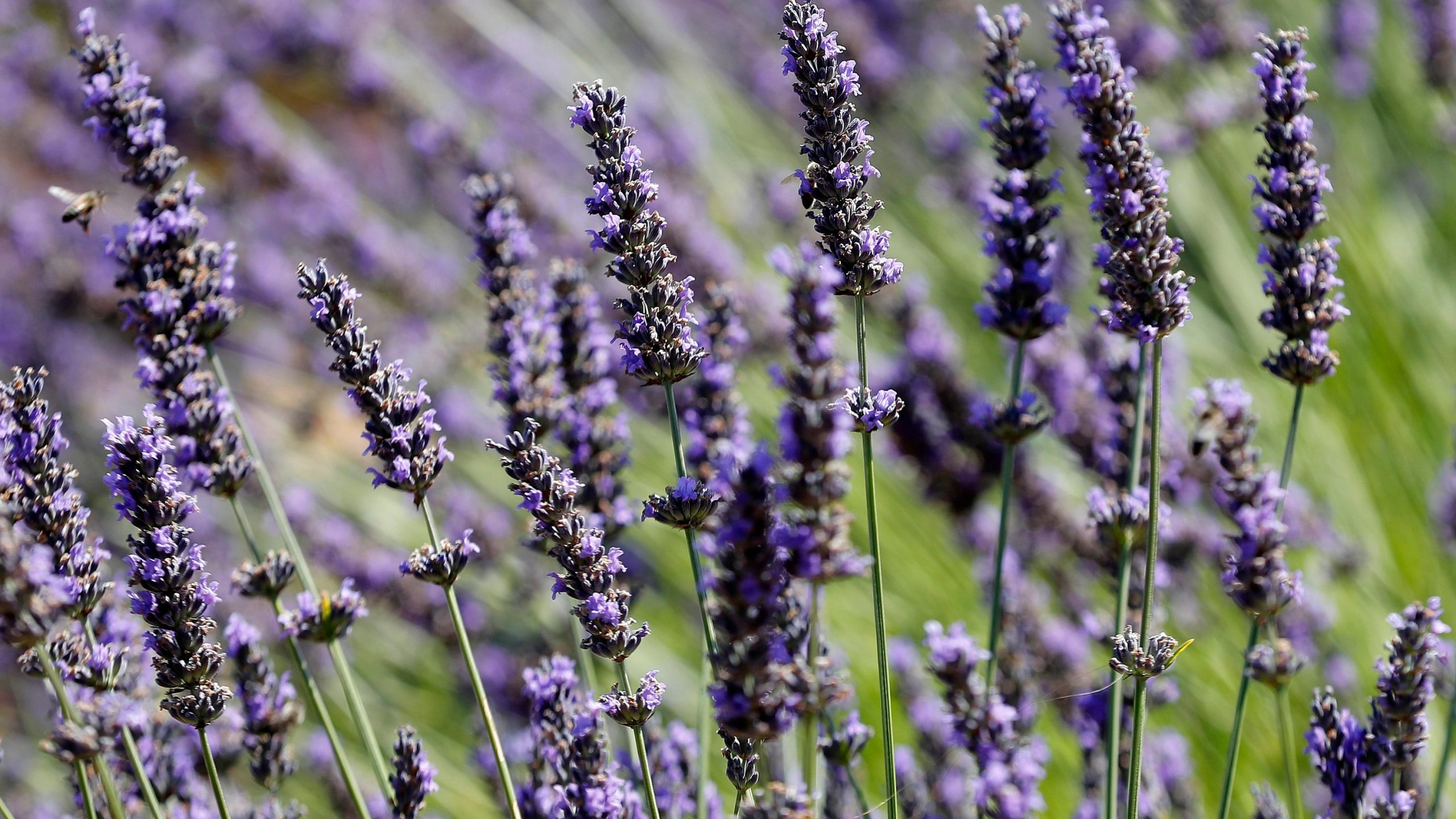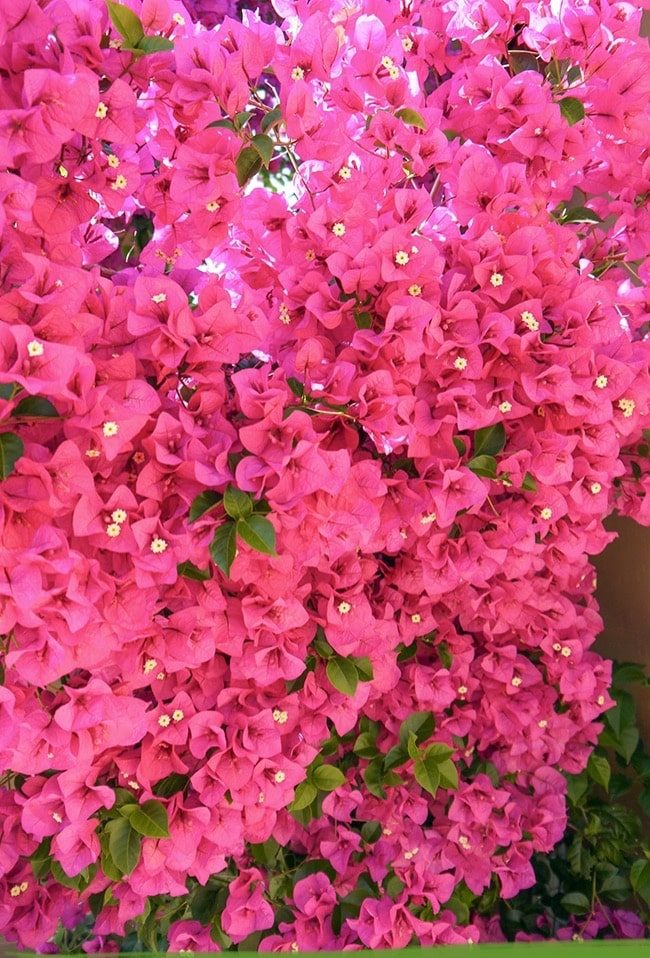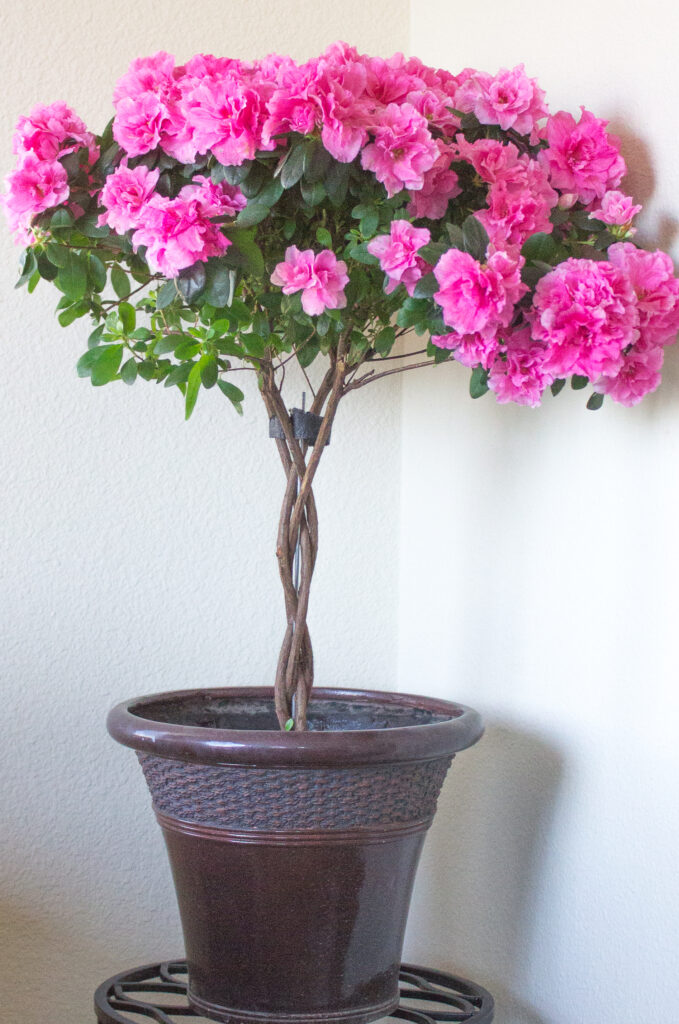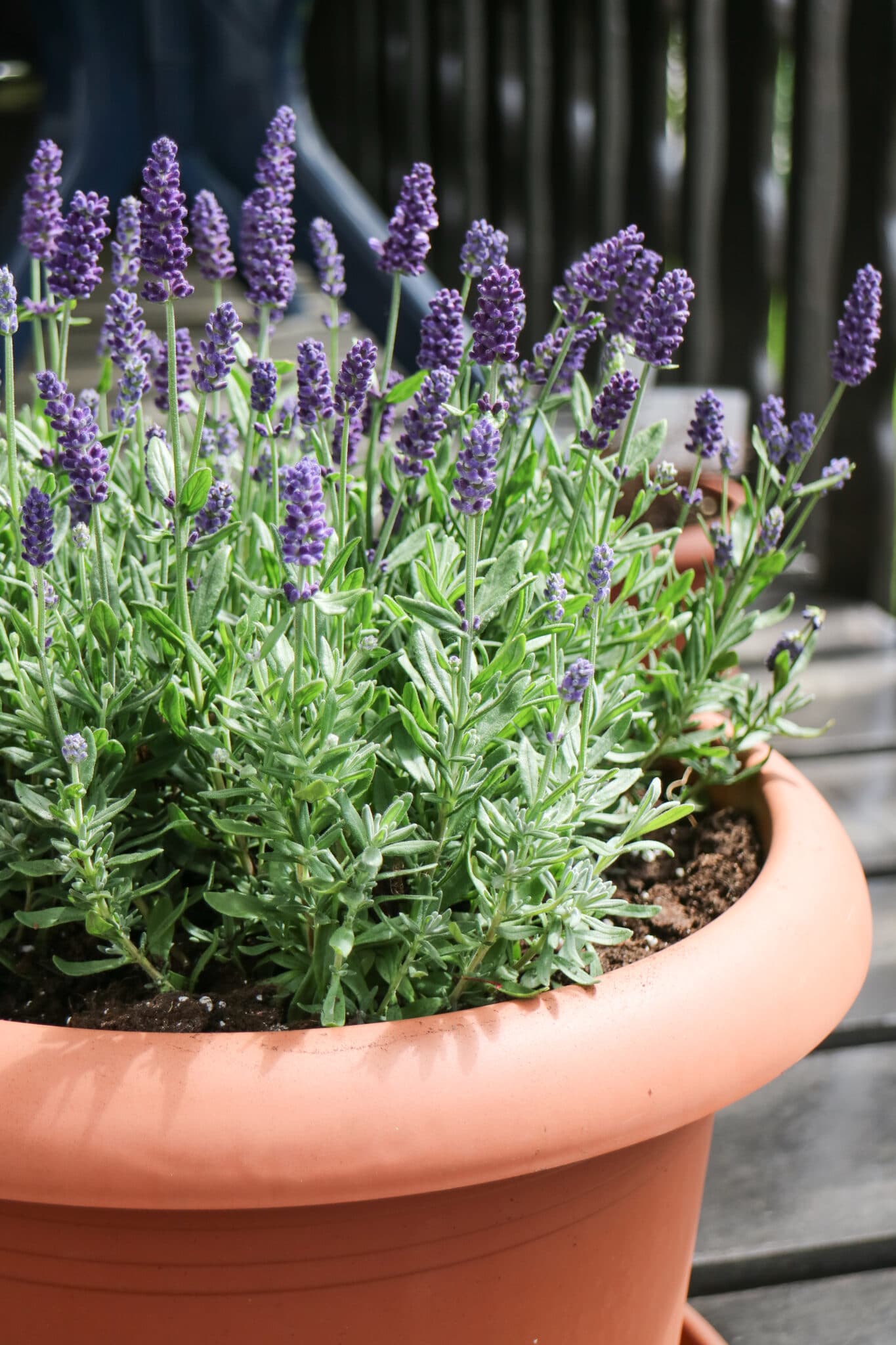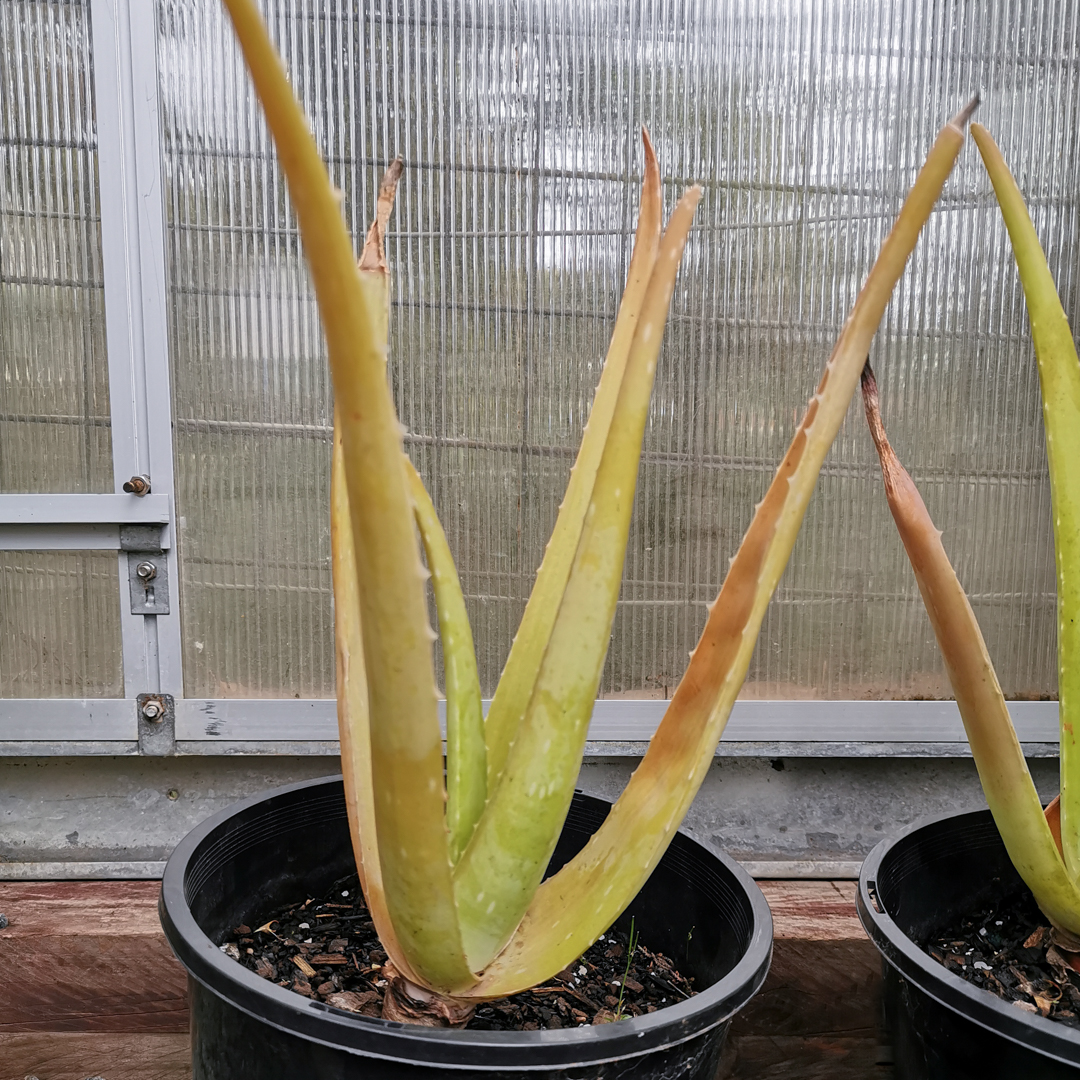When to Fertilize Roses (The Definitive Guide)
Roses are generally resilient plants that can withstand a variety of situations, but because they are heavy feeders, a good fertilization applied at the proper time will result in the healthiest roses with the greatest amount of blossoms. Apply nitrogen, phosphate, and potash fertilizer to roses starting in April or May and reapply it once …

